Ghostly Ruins
Harry Skrdla has a wistful eye for old mansions and giant hospitals that have fallen on hard times. Here he tours a country of ruins in the making.
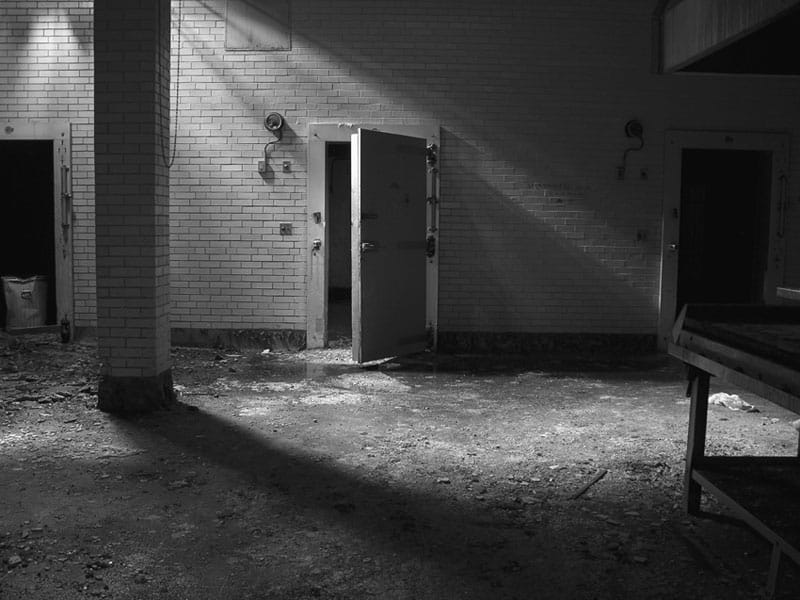
Interview by Rosecrans Baldwin
Maybe it’s because Halloween is almost here, or because we love abandoned structures. When Harry Skrdla’s Ghostly Ruins: America’s Forgotten Architecture crossed our desks, we remembered crawling around construction sites and abandoned buildings as children. Read the interview ↓
All images are copyright © Harry Skrdla and appear courtesy of Princeton Architectural Press.
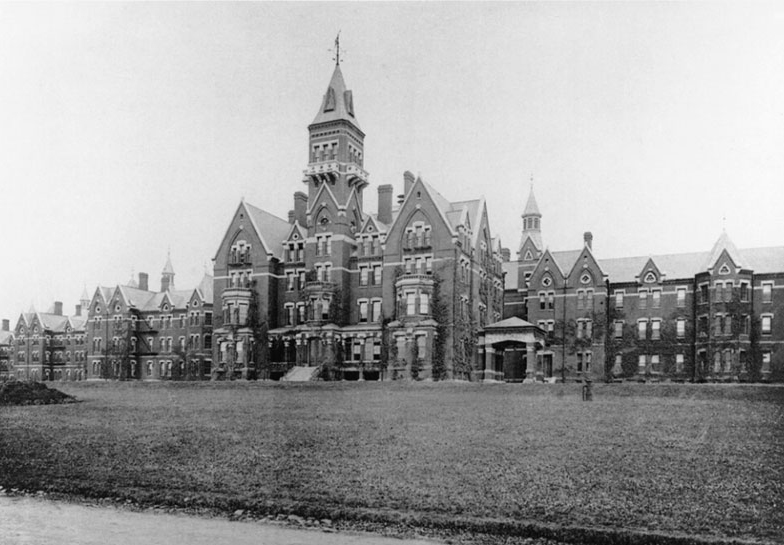
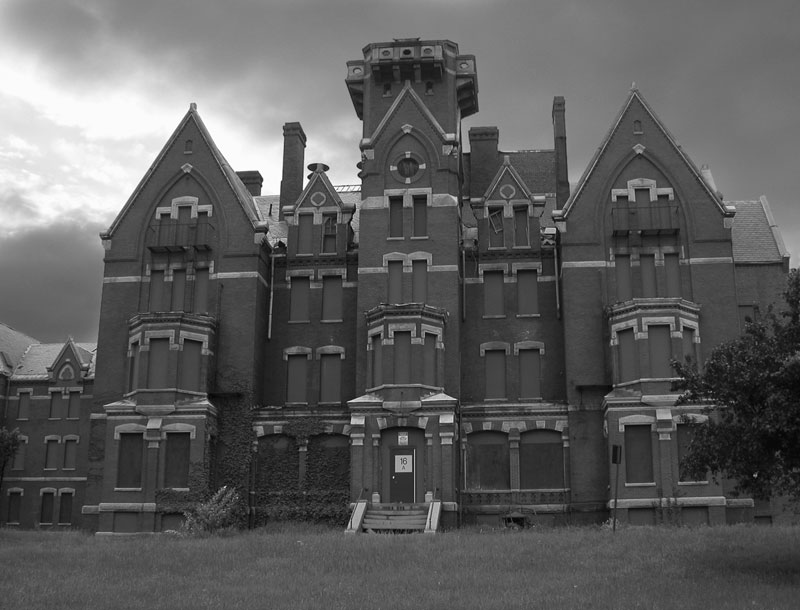
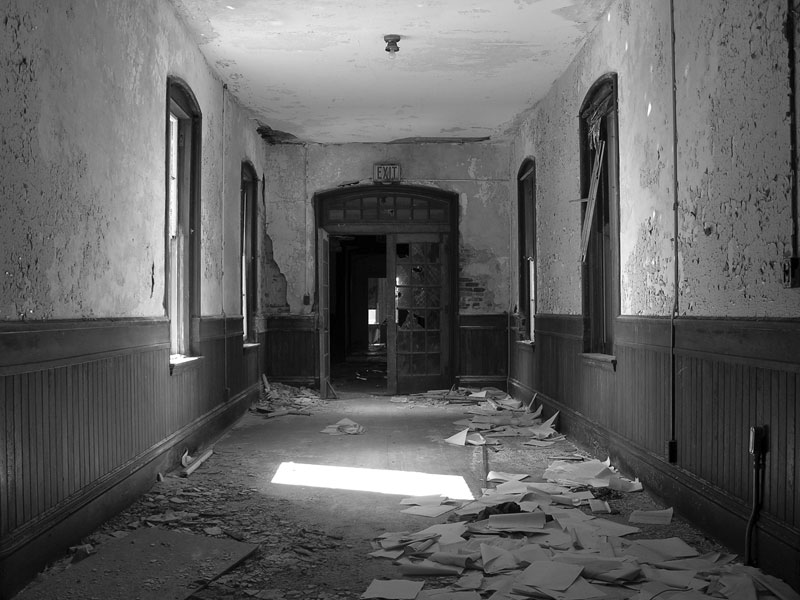
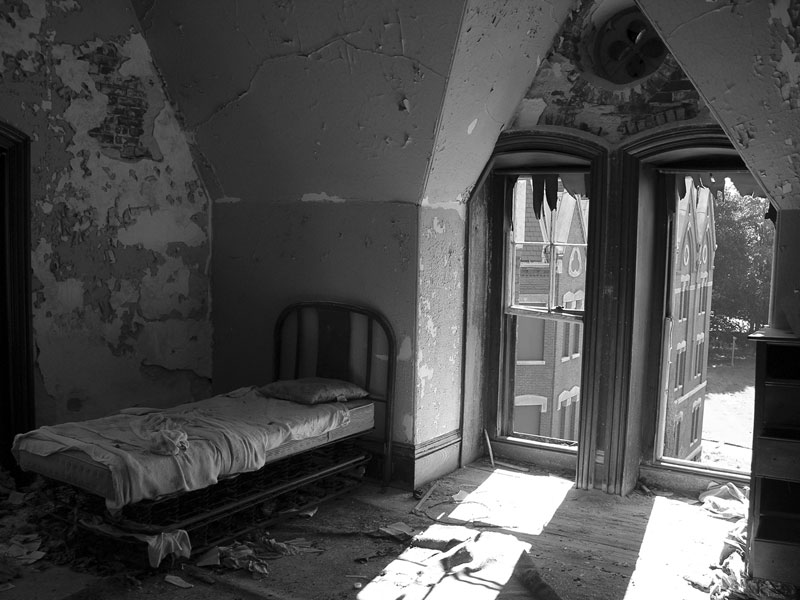
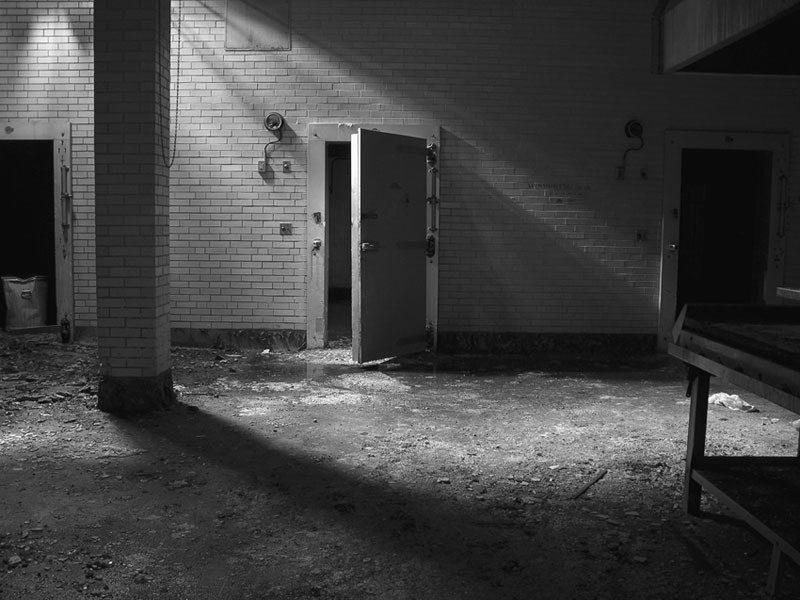
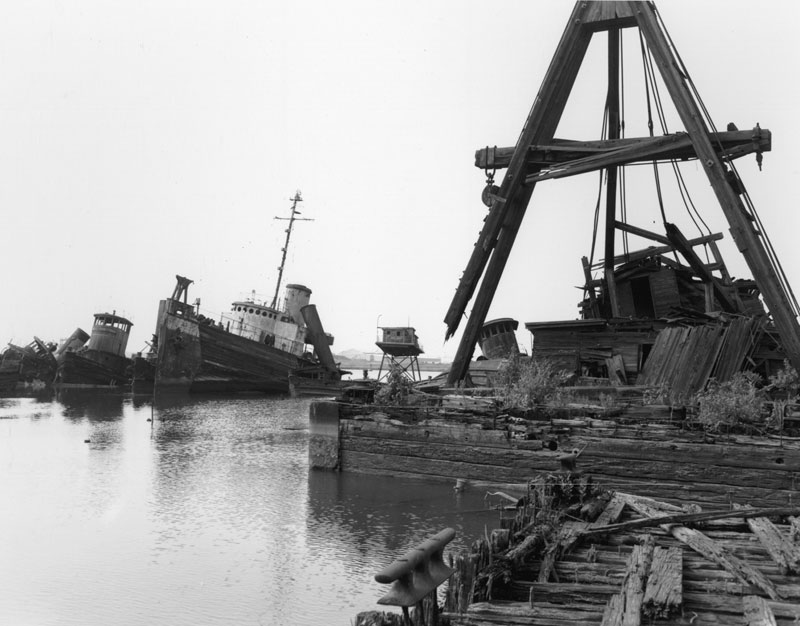
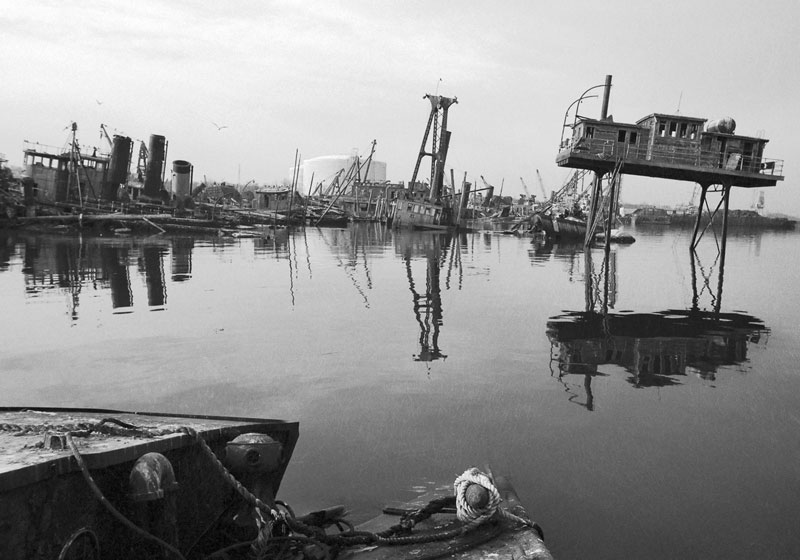
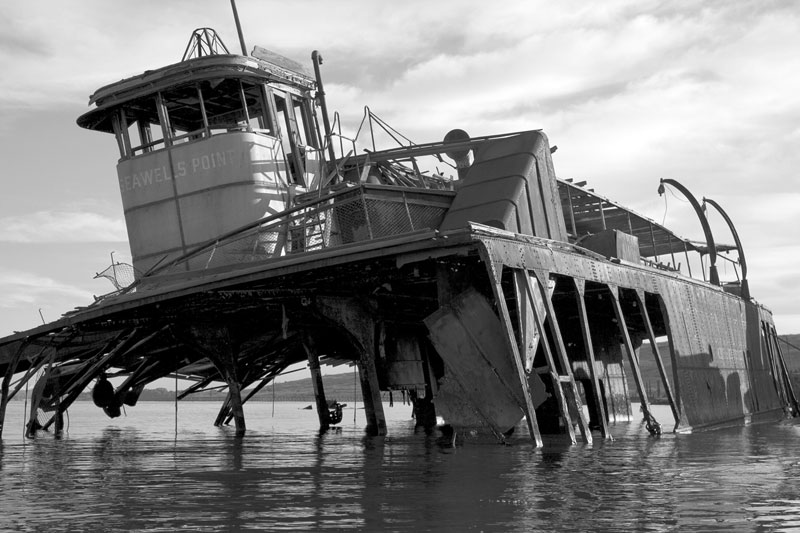
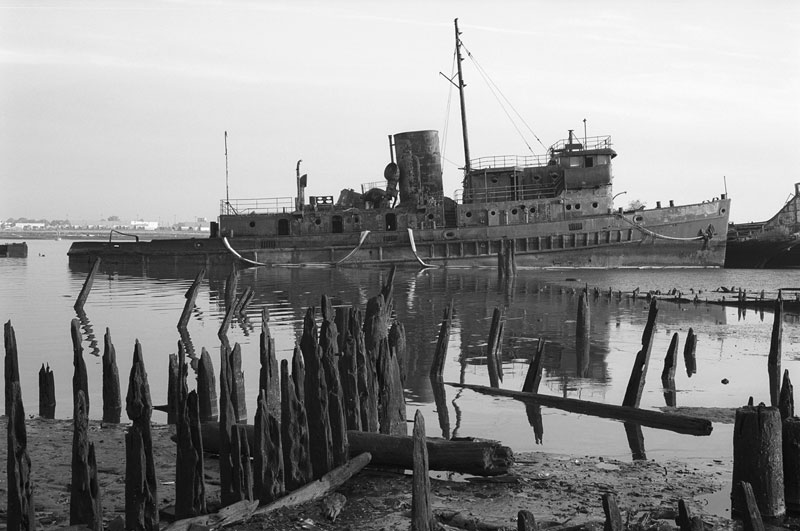
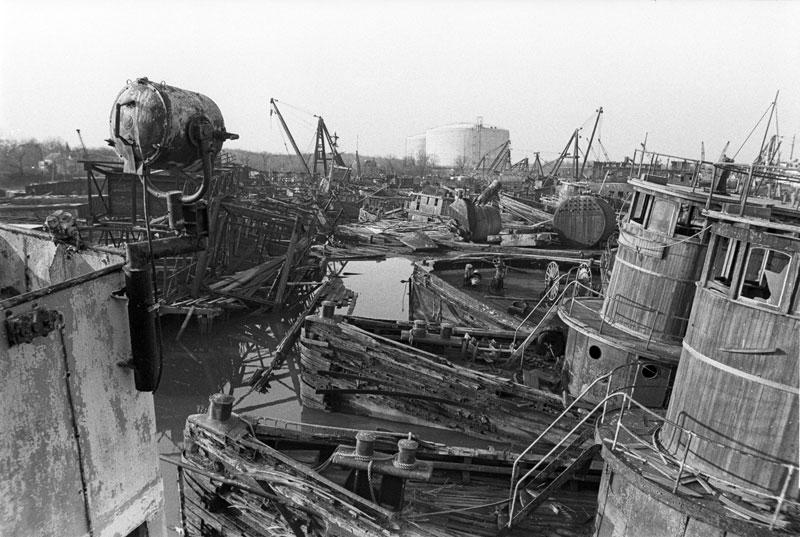
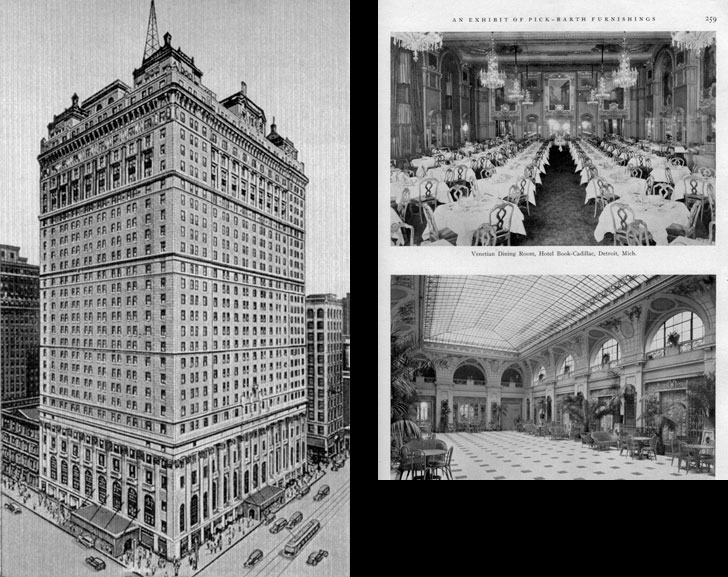
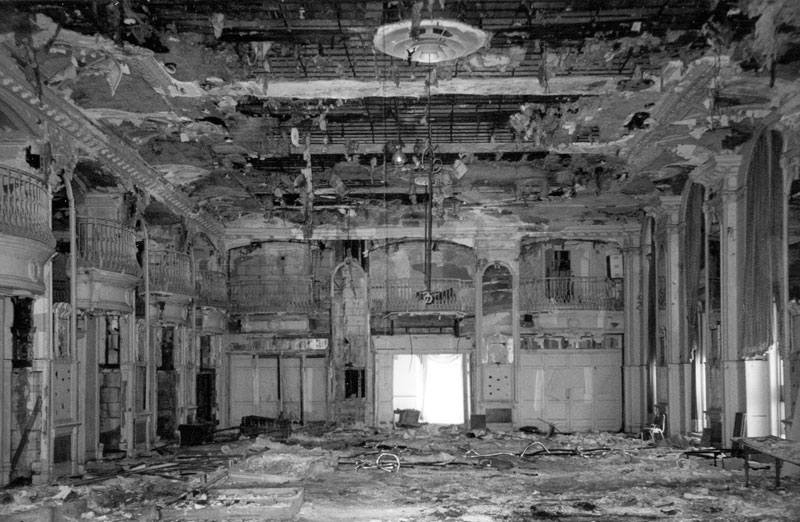
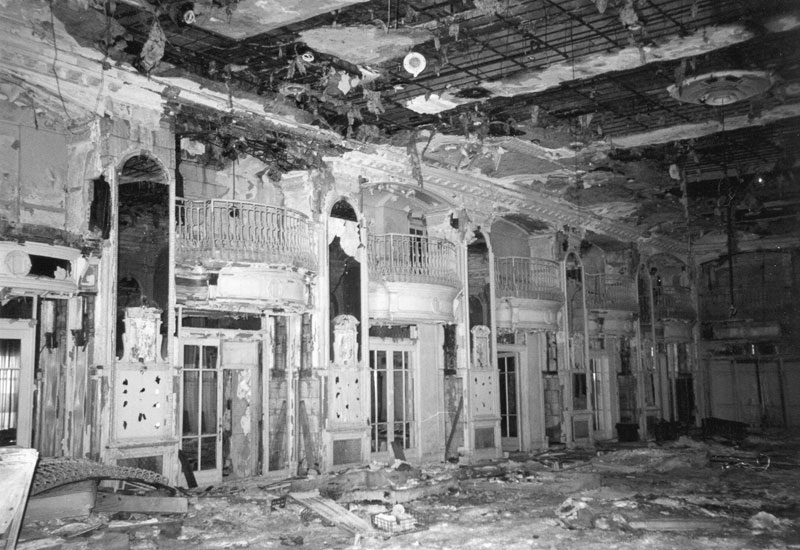
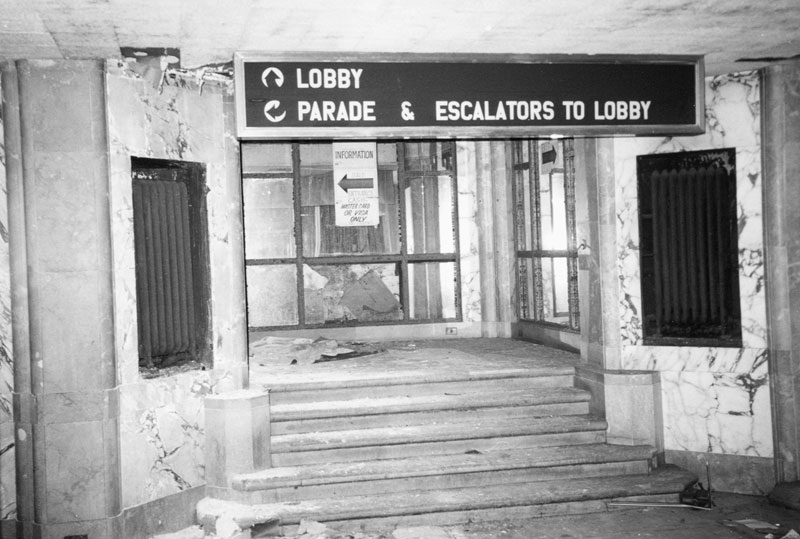

Artist interview
TMN: These buildings you showcase have incredible histories. How did you come to write this book?
Harry Skrdla: Remember those stories in the introduction—the examples of interesting abandoned places? The little boy who, while on a drive with his grandmother, sees the abandoned amusement park?
Well, that was me. And the guy who stumbles upon a creepy abandoned summer camp while driving through the backwoods with his date? Me again. Ditto the empty house with the broken window. The amusement park was called Puritas Springs, and was located in Cleveland where I grew up. I later learned that my great aunt had once managed the park and my fireman grandfather had helped extinguish a burning rollercoaster. So the connections run deep.
TMN: If these are buildings are our American ruins, how are they different from something like the Coliseum?
HS: Several ways. Those distant ancient ruins hold little reality, little resonance for us. We don’t know or understand the people who built them, or why they would want to concentrate all of their resources and technology on building a temple or elaborate burial marker. Also, their buildings were frequently in use for hundreds of years before being abandoned when, say, an empire was overthrown. We discard ours much more casually.
TMN: What’s a favorite memory of exploring an abandoned building?
HS: Hard to say—I’ve been in many over the years. There were some spectacular movie palaces: the 3,500 seat Lowe’s Park, in Cleveland, the now-restored Oriental Theater, in Chicago. The most impressive abandoned building I’ve ever had the honor to spend time in would have to be Hudson’s department store in Detroit (which is in the book). A friend of mine was photo-documenting it for the local historical museum and had (legal) access to the building. We, and others, spent one day a week for months exploring and photographing it. Even after months I think we only scratched the surface. The second largest department store in the country, it could have been restored. It was structurally sound and completely fireproof. It could have been a spectacular retail/condo/parking facility, but the city government apparently didn’t like having a prominent reminder of its decline in the center of downtown, so it had to go.
TMN: Are there any similarly hidden gems in New York we should know about?
HS: Well, of course, the old City Hall IRT station, which is in the book and has been made accessible again as part of the subway’s hundredth anniversary, is quite spectacular. There used to be several abandoned synagogues on the Lower East Side. The arches under the Brooklyn Bridge have their secrets. There is also an interesting phenomenon I only touch upon in the book: abandoned places within functional buildings. It is always uncanny to stumble upon basements or upper floors or otherwise unused areas that retain evidence of their last tenants, sometimes appearing as though they just left. There must be many, many of these in the city. There are also tiny surviving remnants still in place from the old Penn Station and the Roxy Theatre (and the World Trade Center), if you know where to look.
TMN: You write in your author’s note, “For those ruins that crumble or are crushed to dust, let this be a record of what we have wasted.” But this book suggests these buildings aren’t wasted; aren’t you treasuring them in their afterlife?
HS: Yes, although part of the reason for the book was to wag an accusing finger at our wasteful ways. Given the choice between Detroit’s Michigan Central Depot as a ruin or seeing it restored and shining at the end of its broad boulevard, I’d take the latter. Allowing some of our greatest structures to fall to ruin is rather like acknowledging defeat: we aren’t as capable as those who built them, so we may as well just give up and enjoy the little that remains. This seems to be our philosophy when contructing new additions to old buildings. Since we can’t build as tastefully as our predecessors we may as well build something that doesn’t match at all and pretend it’s just as good.
TMN: What building would you like to explore in a hundred years from now?
HS: Interesting. Any great building would make a great ruin. The paradox is that one wouldn’t want to see a great building ruined anymore than one would want to see a great philosopher or scientist lying in state. As a child I attended the New York World’s Fair, and although the New York State Pavilion is romantic as a ruin, it’s also sad. Personally, I preferred the fair.
